Form, Light, and Space Work Together or Not at All
Chapter Four from My Upcoming Book: Energize Your Art
Three Visual Axioms
In the first three chapters, I introduced light, form, and spatial depth. Together, they are three visual axioms—the holy trinity of art. These elements were fully developed by renowned artists such as Rembrandt, da Vinci, Monet, and Vermeer and are indispensable to creating powerful works of art. Working together as a team, each element is necessary to give us a reliable view of reality and create truly great paintings.
33 Claude Monet, Sunset, 1872.
34 Titian, Vecellio, La Schiavone, 1512. Wikipedia Commons.
As a young artist, I had the opportunity to travel to Europe and New York to visit some of the world's great art museums. While in these museums, I would scan through the paintings until one caught my attention, and then I would study it until my curiosity was fully satisfied. It was only after this point that I would look at the artist's signature or identification card, which often revealed that the painting was the work of a famous artist I had previously admired. I found myself wondering what made these particular painters so special and unique.
During my time in art school, my mentor Edgar Ewing foreshadowed some of the key elements that made these paintings so captivating. For example, when he taught me about spatial depth, I had a profound "click" moment, and I began to see how spatial depth was one of the critical components that would draw me to these works.
I then began to catalog the common denominators I found in all the works that had deeply attracted me. While the great painters had idiosyncrasies in their color choices, proportions, details, and subjects, they all shared a mastery of form, light, and spatial depth.
If we consider the real world, we can see how form, light, and space play crucial roles in our ability to see. Even with very little light, our eyes are capable of detecting forms such as steps, and we can accurately gauge spatial distances. This enables us to move safely and confidently through our environment. These factors confirm that our visual perceptions are not only real but also essential to our well-being and safety.
Form, light, and space are axiomatic and symbiotic for artists. In other words, they are fundamental, and they work together in a mutually beneficial way. To paint light, for example, an artist must also include form and depth. Similarly, to paint depth, an artist needs to include light and form, and to paint form, an artist must consider light and depth. By understanding and utilizing these natural elements, artists can create works that are both visually striking and meaningful.
35 Michael Newberry, Still Life with a White Cup, 2000, oil on linen, 20x28".
Here, let me show you what I mean. Using Photoshop on my painting, Still Life with a White Cup, let’s see what happens when we eliminate one of the axioms:
36 Demo of absence of light.
Remove Light. If there is no light, we cannot see forms or space. We would see nothing except a black emptiness.
37 Demo of absence of form.
Remove Form. If there are no forms, we cannot see the effects of the light or judge distance. We would see something like a blank sky.
38 Demo of absence of spatial depth.
Remove Space. If there is no space, forms and light “sit” on the surface and morph into flat patterns.
In conclusion, creating a three-dimensional world in a painting can be a complex task that involves many different elements. However, by focusing on the fundamental aspects of form, light, and space, artists can stay grounded and produce works that are both visually striking and feel true to life.
Energize Your Art will be available via Amazon in the Spring of 2023.


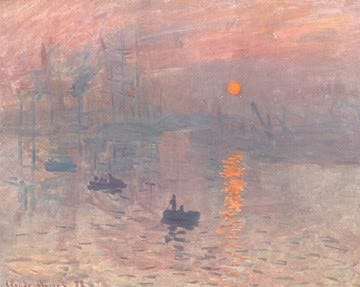
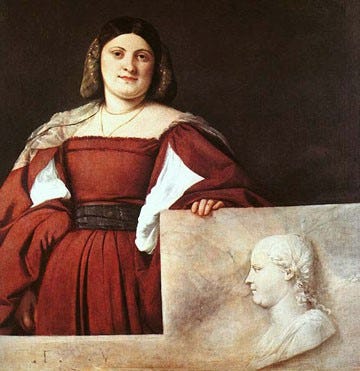
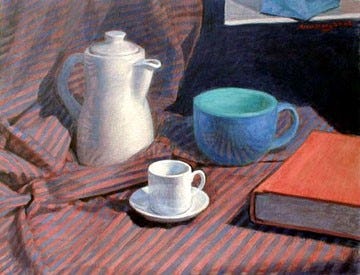


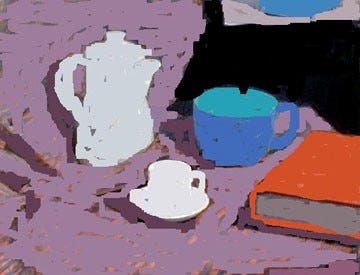
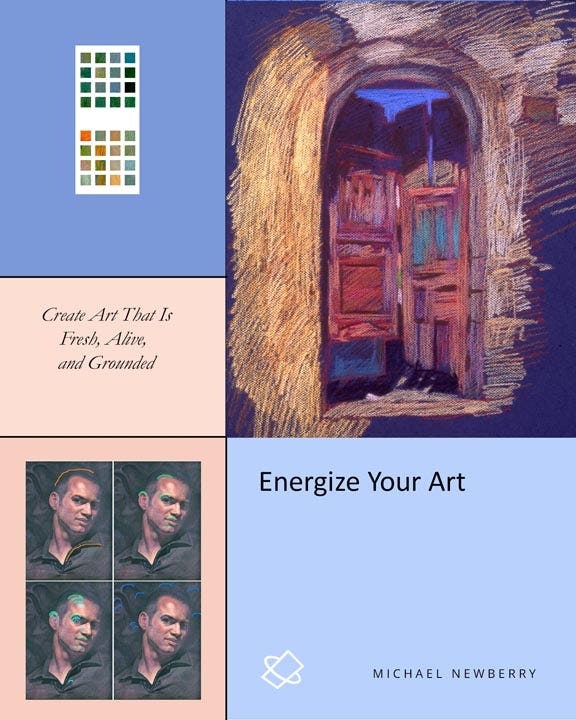
I love that “Still Life with a White Cup”!